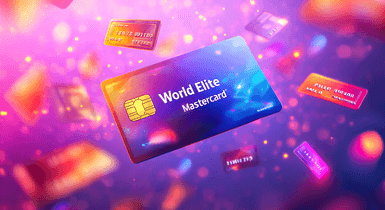What’s a Visa Card?: All You Need to Know
Contents
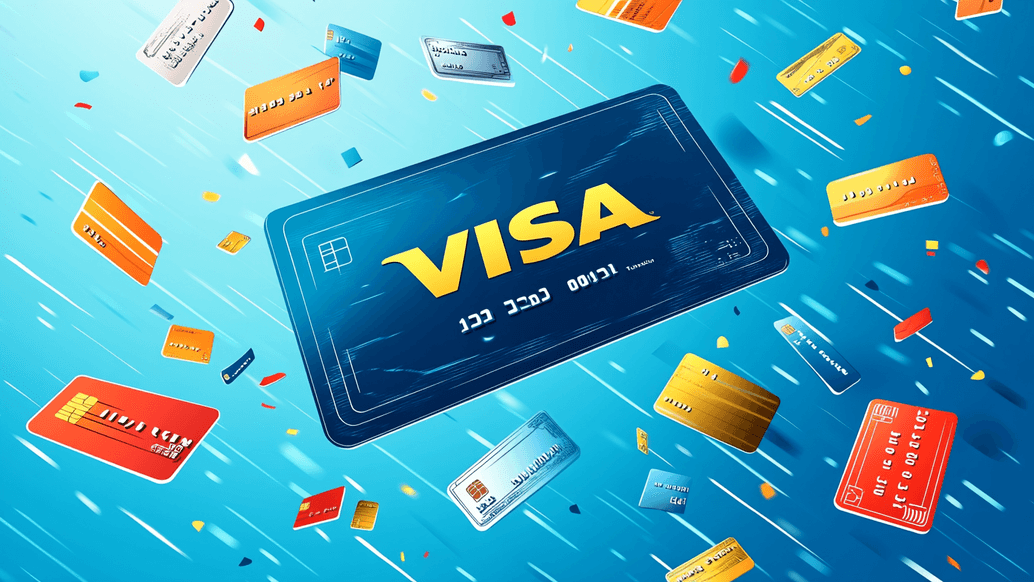
Visa has long been the world’s most popular credit card. But why? What does a Visa card do? What can it offer? Keep reading to find all the information you need.
What is a Visa Card?
Universal Visa cards allow you to make transactions and purchases online from anywhere in the globe. You can also deposit funds into savings accounts, complete bank transfers, and withdraw cash.
Visa cards are made by the worldwide payment network Visa International Service Association. It consists of Visa Inc. (USA), which owns the rights to the trademark and technologies used, and Visa Europe Services Inc., which is based in London. European banks manage the payment system, and working activity is carried out under the license of Visa Inc. It doesn’t issue loans or determine tariffs and commissions for clients. The main task of the corporation is to provide partner financial institutions with modern and safe services.

The Visa card meaning is tremendous in the modern banking system. Their history began in 1958 when the Bank of America presented an electronic credit card for private businesses and individuals. The new payment system quickly became popular and status.
However, at first, businesses in other developed countries would not trust this new payment system and continued to use local banking alternatives. This was changed by Dee Hock who suggested creating a fundamentally different network, equally open to all members and supporting joint solutions to important issues. The human body, in which all organs are equally important, was used to illustrate “Visa” as a payment system with equal banks participating. Dee Hock called the scheme he invented Chaordic—“chaos + order.” A system built on this principle is always self-governing and easily adaptable to change. Hock also offered a new name, “Visa,” which is short and straightforward and pronounced the same across all languages.
How Does a Visa Card Work?
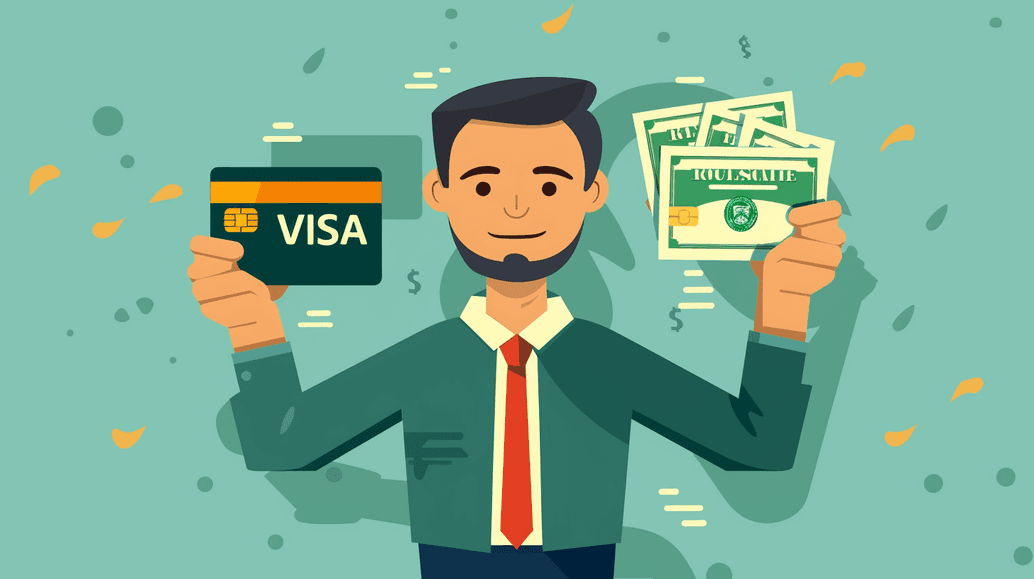
Visa cards are issued not by the company itself but by more than 14,500 financial organizations and are accepted worldwide.
Financial establishments become members of the Visa network by meeting their requirements and paying membership fees. Partner organizations can issue different types of Visa cards that can be used wherever Visa is accepted. Visa offers the infrastructure and technologies needed for handling transactions. When a cardholder buys something, the company helps the retailer and the cardholder’s bank complete the transaction. Financing institutions pay various fees to Visa, such as transaction processing fees. In return, they receive a portion of the interchange fees paid by merchants for accepting Visa cards.
The company sets standards for security and fraud prevention that financial institutions must follow. This includes implementing advanced technologies and participating in programs like 3D Secure. That’s why every Visa card has a unique 16-digit number and an integrated microchip. They also have a magnetic stripe on the rear side in case some places haven’t switched to chip-compatible sales terminals.
How to use a Visa card
To pay for purchases or services, you can insert a card into a POS or just swipe the magnetic strip on its back.
Today, 130 million selling points accept Visa cards. Some can be integrated into your phone so that you can use Apple or Samsung Pay. You can also pay with it while shopping online. To complete the transaction, give your full name, card number, CVV, and date of expiration.
As they are widely accepted internationally, make sure yours is activated for international use while traveling. Always ensure the security by keeping it safe, monitoring transactions, and reporting any suspicious activity to your bank immediately.
By the way, if you understand the difference between Visa Infinite and Visa Signature in more detail, you will be able to choose a card that suits your needs more easily.
What are the types of Visa cards?
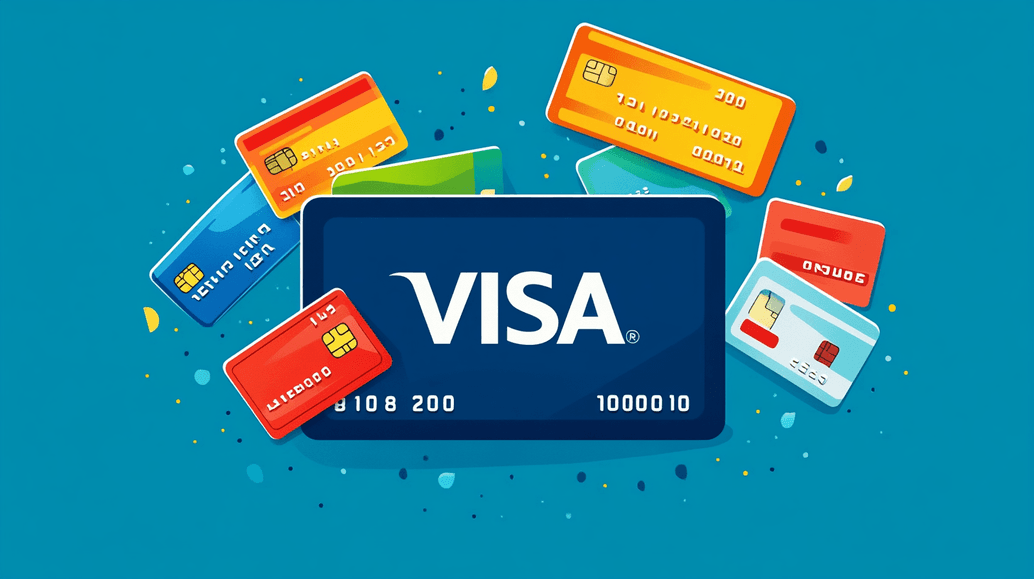
Visa cards vary based on who owns funds in the account: the cardholder or the bank.
What is a Visa Debit Card?
These are the most popular bank cards and the easiest to use. They are linked to a bank account and allow you to pay only with the funds previously deposited in the account. You can use them to perform any financial operations, but only up to the amount of money in your account. The Zero Liability Policy for unauthorized operations is part of Visa debit cards.
What is a Visa Credit Card?
These cards permit the use of only the bank's funds for any financial transactions. For example, if you want to make a large purchase, it allows you to pay for it and repay the funds either in several installments with interest or at once after some time. This is called a deferred payment.
This type is best used to pay for services or goods, but not for cash withdrawals. Banks usually charge high interest rates for ATM withdrawals, regardless of the payment system used. Visa cards impose various fees, including annual, foreign transaction, and late payment charges, with the interest rate set by the issuer. All of them have the Zero Liability Policy, which limits cardholders’ responsibility for unauthorized operations to zero dollars.
On our website you will find material that will help you choose the best Visa credit card for yourself.
Visa Prepaid cards
This Visa card features pretty much the same functionality, but it’s not linked to a bank account. The holder is unable to spend more than the sum of money deposited onto it, which serves as a credit limit. You can use these cards wherever Visa is accepted and replenish them for further usage. In addition to universal prepaid cards, the company also offers payroll ones, which allow employers to pay their employees’ salaries directly to the card.
Visa Gift Cards
This Visa card definition is very similar to the previous one, except you can’t replenish this kind of card. Just like a prepaid one, you can use it to shop or make returns. To view your Visa gift card balance, you can choose one of the available and most convenient ways.
Visa Credit Card Benefits
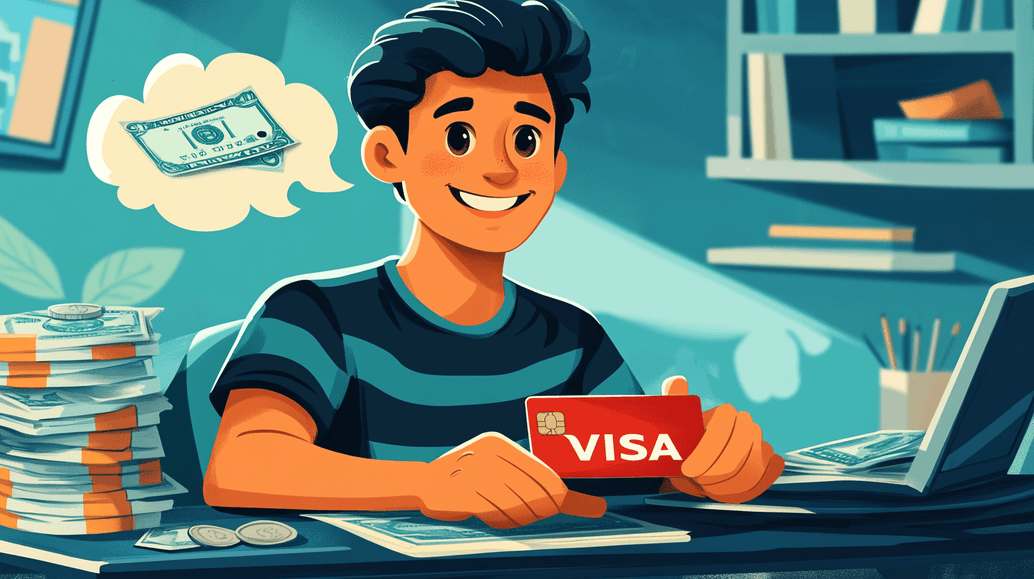
Credit limitations and expenditure flexibility
The credit score of a cardholder defines the credit line for Visa credit cards, which determines the maximum amount that may be taken out of it. The clients enjoy spending freedom because they can make online and offline purchases worldwide.
Cashback and bonuses
Users can earn points, miles, or cash back through various rewards programs. These points can be exchanged for goods, experiences, statement points, and additional rewards at restaurants, gas stations, and entertainment.
High level of safety
To prevent fraud, Visa cards have integrated chips, zero-liability protection for unauthorized transactions, and live fraud monitoring.
Travel perks
Visa credit cards are accepted worldwide, making them an excellent choice for people who travel a lot. In addition, clients have concierge assistance and touring insurance and can easily enter airport bars.
You can learn more about the pros and cons of payment systems in the eternal Visa vs. Mastercard confrontation in our separate article.
Visa Credit Card Terms

Now that you know about the benefits of a Visa credit card, it’s time to learn about its terms.
1. Annual fee
Typically, credit card users pay a yearly fee. However, Visa offers many cards that don’t charge customers an annual fee.
2. APR
This is the total annual cost a lender incurs to make a loan. Visa does not set the APR or interest rate, so you will not incur interest charges on your purchases if you pay your bill in full and on the due date.
3. Balance transfer
It enables borrowers to transfer unpaid debts between accounts. Many Visa cards allow you to apply for a balance transfer and repay debts with no interest for a certain period.
4. Credit history and credit score
These metrics show how much you can repay credit and how you have managed the loan in the past, affecting the loan’s eligibility. To get the most beneficial credit cards, you need a credit score of around 700+.
We have already told you what is CVC and where to find it on your bank card.
Conclusion
What’s a Visa card? And what is a Visa card used for? You can be sure it’s accepted in almost every country in the world, and your money is secure. However, remember that Visa doesn’t manage interest rates or fees. Credit card issuers handle these aspects, so examine everything closely to find the most suitable card.

